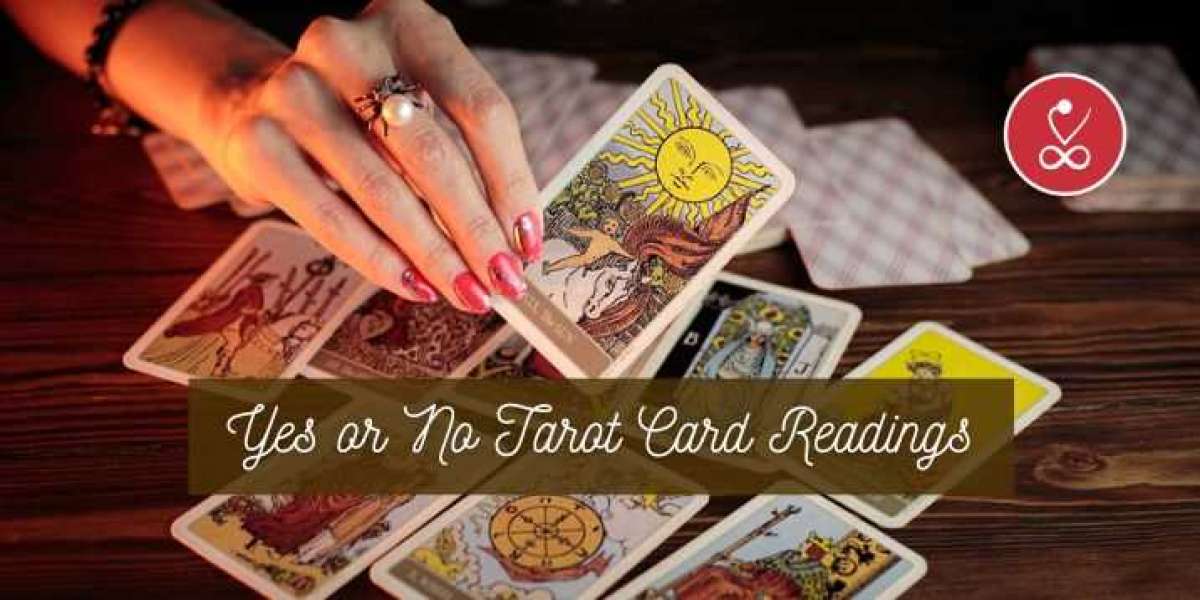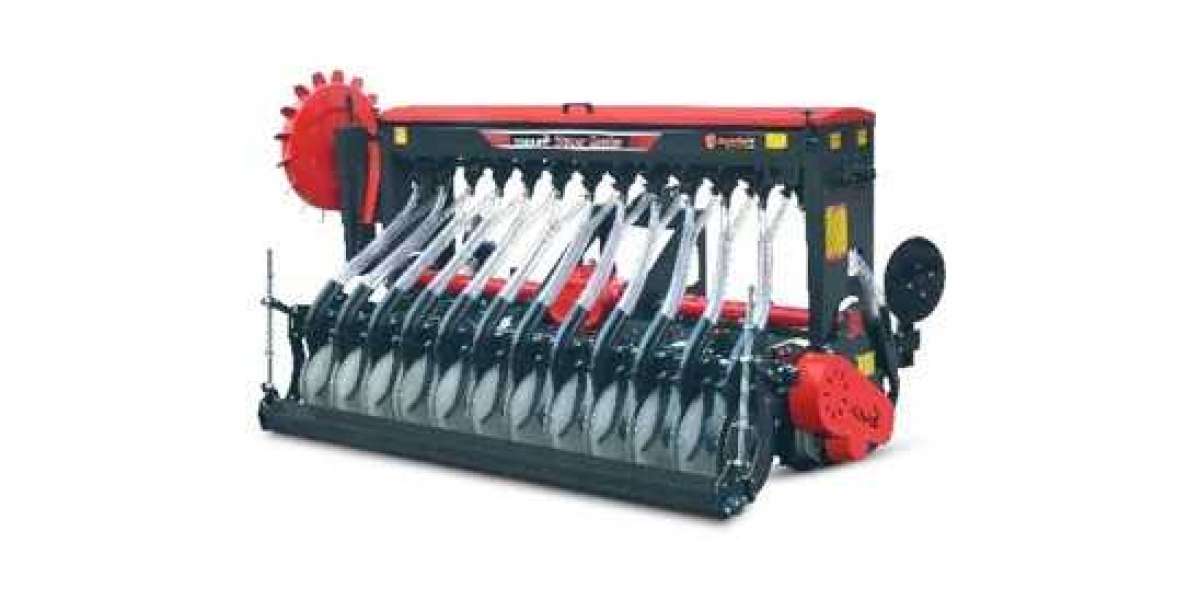Yes or No Tarot Card: An Introduction
Yes or No Tarot card readings are designed to provide quick, straightforward answers to your questions in the form of "Yes," "No," or "Maybe." This method helps guide decisions when clarity is needed for specific situations. Here's how it works:
How Yes or No Tarot Cards Work:
- Ask a Specific Question: You need to formulate a clear, precise, and specific question that can be answered with "Yes" or "No." Avoid vague or open-ended questions.
Example questions: - "Will I get the promotion at work?"
- "Is this relationship good for me?"
- "Should I move to a new city?"
- Draw a Card: After focusing on the question, you shuffle the Tarot deck and draw one card. The answer depends on the card drawn and its traditional meaning, symbolism, and orientation (upright or reversed).
- Interpret the Card: Each card has a specific meaning that indicates either "Yes," "No," or "Maybe." The card’s energy, whether positive, neutral, or negative, gives you a direct answer to your question.
Interpretation of Common Tarot Cards in Yes or No Readings:
- Positive/Yes Cards: These cards suggest a favourable outcome or indicate "Yes."
- The Sun: A strong "Yes," symbolising success, joy, and positivity.
- The Star: A definite "Yes," indicating hope, inspiration, and dreams coming true.
- Ace of Cups: "Yes" — a card of emotional fulfilment and new beginnings.
- The Magician: "Yes," represents manifestation, creativity, and power to achieve goals.
- Nine of Pentacles: "Yes" — abundance, self-sufficiency, and success.
- Negative/No Cards: These cards imply obstacles, delays, or negative outcomes, meaning "No."
- The Tower: "No," symbolising chaos, upheaval, or sudden changes.
- Five of Swords: "No," indicating conflict, defeat, or dishonour.
- The Devil: "No," suggests being trapped in unhealthy situations or toxic relationships.
- The Moon: "No," associated with confusion, illusions, or hidden dangers.
- Five of Pentacles: "No," indicating lack, loss, or financial trouble.
- Neutral/Maybe Cards: Some cards give ambiguous or conditional answers, which could mean "Maybe" or "Not Yet."
- The Hanged Man: "Maybe," as it represents waiting, suspension, and changing perspectives.
- The Moon: Can indicate confusion or deception, suggesting the situation is unclear.
- Two of Pentacles: "Maybe," due to the balancing act it symbolises, indicating indecision or multiple options.
- Justice: Depends on the context of the question. It can mean "Maybe," as it represents fairness, balance, and the need for objective judgement.
- Reversed Cards: When a card is drawn in the reversed (upside-down) position, it often gives a negative or delayed answer, depending on the card.
Quick Yes or No Interpretations for Key Tarot Cards
- The Fool (Upright): "Yes" — represents new beginnings and taking risks.
- The Lovers (Reversed): "No" — conflict in relationships or a lack of harmony.
- The World (Upright): "Yes" — completion, achievement, and success.
- The Chariot (Reversed): "No" — lack of control, direction, or focus.
- Ace of Wands (Upright): "Yes" — inspiration, energy, and new opportunities.
- Death (Upright): "No," but indicates transformation or the need for an ending.
- Strength (Upright): "Yes" — inner strength, courage, and resilience.
Benefits of Yes or No Tarot Readings
- Quick and Clear Answers: These readings are perfect for when you need fast guidance on a situation.
- Decision-Making Aid: It helps to clarify confusion and assists in making important choices, whether in love, career, or life in general.
- Accessible for Beginners: This method doesn’t require deep knowledge of Tarot spreads. Anyone can perform a Yes or No reading with a basic understanding of card meanings.
- Encourages Focus: By narrowing the question down to a simple Yes or No, you’re forced to focus on the key issue at hand.
Important Tips
- Be Specific: The more specific your question, the clearer the answer will be.
- Don’t Overcomplicate: Yes or No Tarot readings are meant to be quick and straightforward. Trust the card you draw and avoid overanalyzing.
- Follow-up Readings: If the answer is unclear or you receive a "Maybe," you can perform a follow-up reading to explore more deeply why the answer was uncertain.
Conclusion
Yes or No Tarot Card readings are a powerful way to get quick answers to your questions. They simplify the Tarot process and provide clarity when you need immediate guidance. By focusing on specific questions, shuffling with intention, and interpreting the card’s meaning, you can use Yes or No readings to guide your decisions and navigate life’s challenges.








